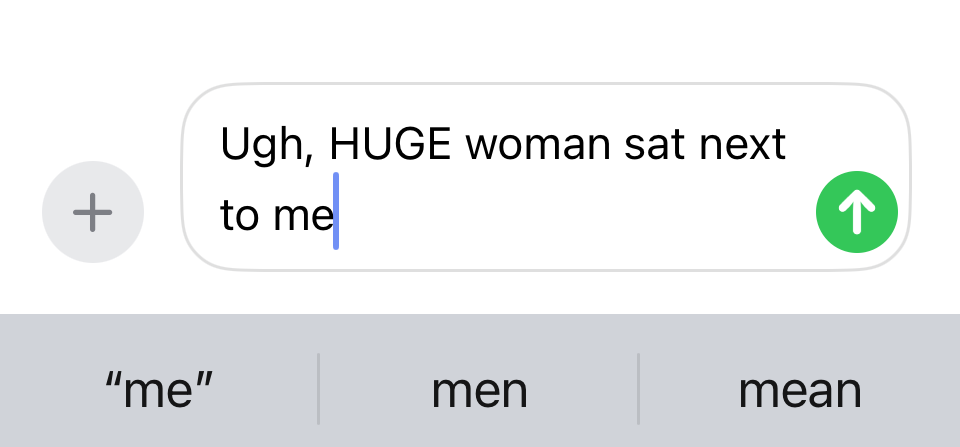For most Americans, Labor Day weekend is the last hurrah of summertime.
It's a chance to kick back with some burgers and beer and embrace or lament the cooler weather coming around the corner.
Contrary to what the governor of Texas tweeted, Labor Day is also a celebration of the wonderful progress that's been made to improve the lives of the working class — things like minimum wage and sick days and overtime and all that good stuff we tend to take for granted.
But your Labor Day weekend probably didn't look like India's:
Photo by Manjunath Kiran/AFP/Getty Images.
While we Americans were enjoying the fruits of our own labor battles this year, the largest labor strike in history was going down in India ... and most of us straight up missed it.
According to the BBC, the problems began with the government's new proposed economic growth plan, which they hoped would bring in some more money from foreign investors. (Read: probably mostly tech.) Union leaders, however, saw this is as a "vile conspiracy ... to privatise the public sector and invite foreign capital in some parts of industry," which would further aggravate the country's already rampant issues with poverty and class divide.
So an estimated 180 million Indian workers went on strike on Friday, Sept. 2, 2016, to demand better pay and benefits. Everything from public transportation to government offices to banks to schools and construction sites were forced to close down for the day — leading to an estimated loss of 26,250 crore rupees, or nearly $4 billion U.S. dollars.
Sound familiar?
Photo by Chandan Khanna/AFP/Getty Images.
This isn't the first time in recent memory that Indian labor unions have gone on strike.
Leaders from 11 different Indian unions actually met to discuss the strike about six months ago, and this one was the fourth overall since 2009. They also organized a similar strike on Sept. 2, 2015, one year to the day of this latest event.
"We have been putting forward our demands for the last five years," said Tapan Sen, general secretary of the Centre of Indian Trade Unions. "But over the last year no minister has even met the trade unions."
Union leaders came up with their latest list of demands in March 2016, and it included government-provided social security and health care and raising the minimum wage from 6,396 rupees per month, or about $96 per month, to 18,000 rupees.
Photo by Dibyangshu Sarkar/AFP/Getty Images.
The best they got in terms of negotiation this time around was when Indian Finance Minister Arun Jaitley countered with an offer of a 9,100 rupee minimum wage, or about $136 per month — to which the union reps understandably said, "No deal."
Again: Sound familiar?
Labor Day in the U.S. and International Workers' Day across the globe have been around since the 1880s.
And while we've come a long way, workers around the world are still fighting for the same rights to basic decency in 2016.
The grievances of the Indian laborers who participated in this epic strike are not so different from the issues we're dealing with right here in America, from health care reform to the Fight for $15 to parental leave and beyond, all to satisfy the supposed economic stimuli of offshore funds and top-earner tax cuts that never, ever trickle down.
Photo by Chandan Khanna/AFP/Getty Images.
These same struggles have happened, and keep happening, all across the world.
It's so common that even if you had watched cable news networks over Labor Day weekend, you probably wouldn't have seen anything significant about the labor strike.
Some people might even say that such an event isn't newsworthy anymore if it's the same thing that's been going on for so many years. But I say that's exactly why we should stand in solidarity with the workers in India: If their demands are met, then there's more hope for the rest of us. That is, after all, the whole power of a union.




 It's sweet when they make you a "cheer up" card, but it shouldn't be happening all the time. Photo by
It's sweet when they make you a "cheer up" card, but it shouldn't be happening all the time. Photo by 


 A representative image of a text.via Tod Perry
A representative image of a text.via Tod Perry